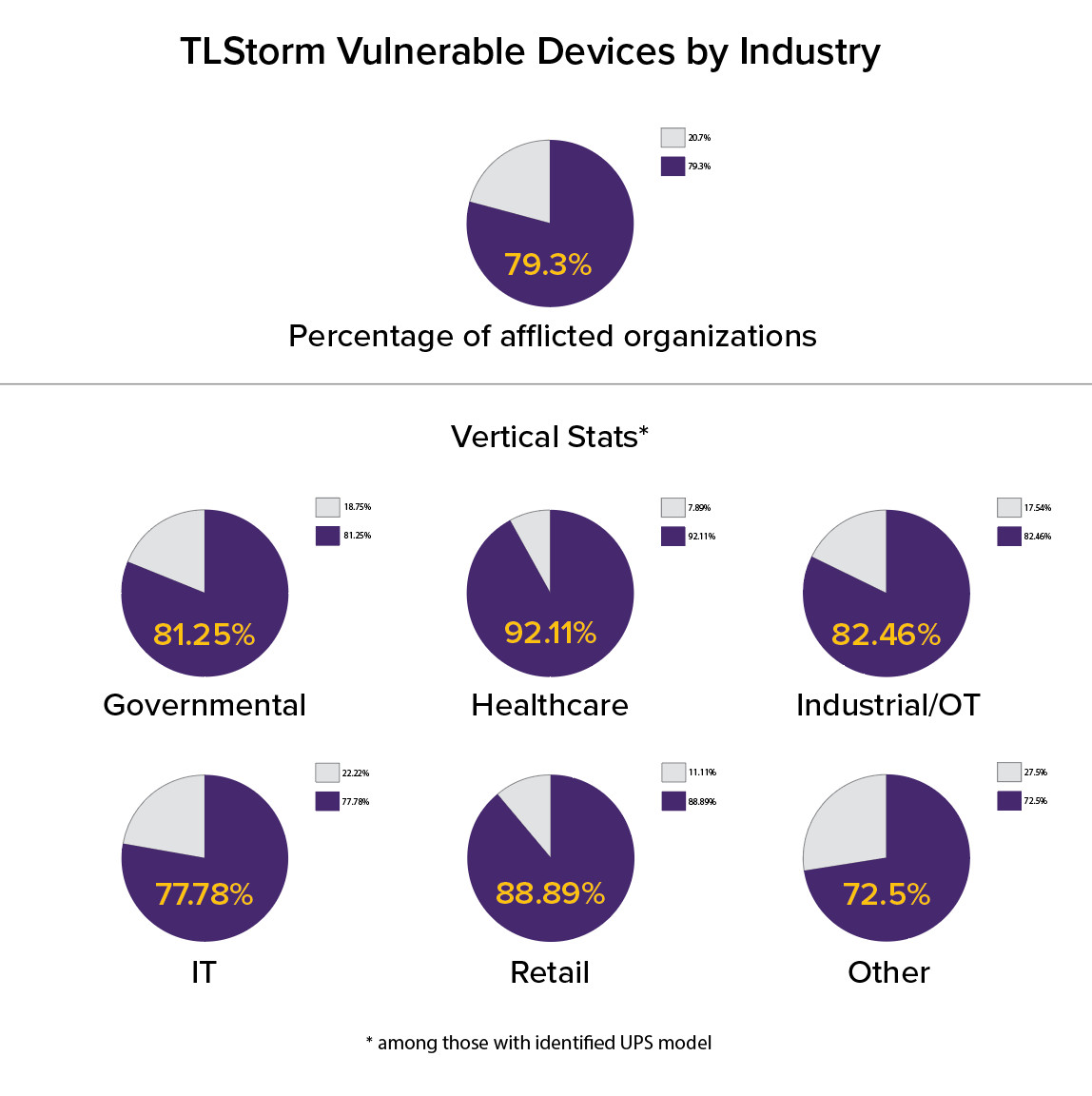A set of three critical zero-day vulnerabilities now tracked as TLStorm could let hackers take control of uninterruptible power supply (UPS) devices from APC, a subsidiary of Schneider Electric
The flaws affect APC Smart-UPS systems that are popular in a variety of activity sectors, including governmental, healthcare, industrial, IT, and retail.
UPS devices act as emergency power backup solutions and are present in mission-critical environments such as data centers, industrial facilities, hospitals.


